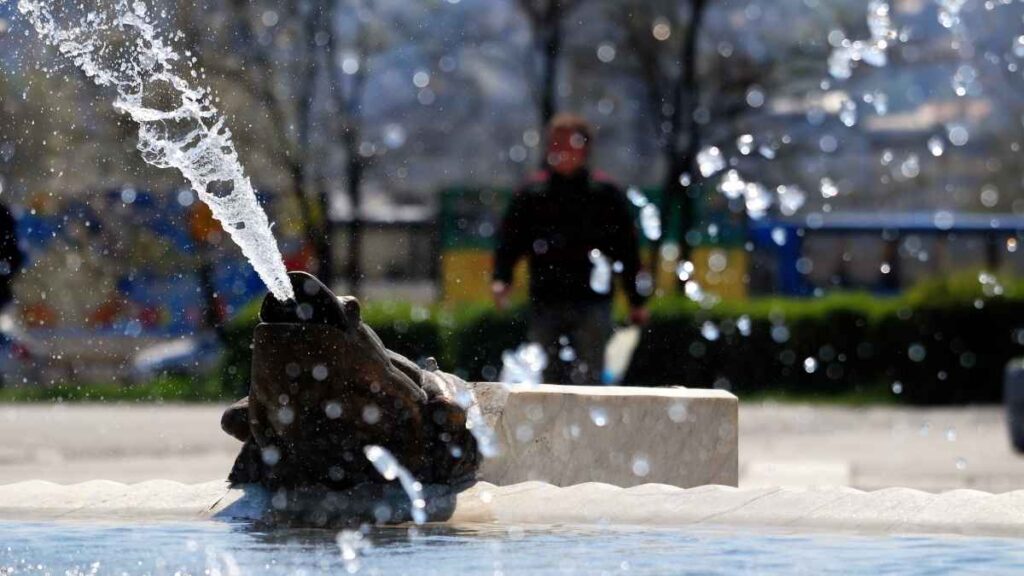When designing a water feature, one needs to think about a submerged fountain pump equally as much as water plants and other accessories. The type and efficiency of the pump, as one of the main fountain components, can mean a lot when it comes to the aesthetics and the overall working of the fountain. With so many models and specifications available, it can feel overwhelming to pick the best one for your needs. This guide will walk you through the key factors to consider when selecting the best submersible fountain pump, helping you make an informed decision.
Understanding Pump Capacity: Flow Rate and Head Height
One of the fountain pumps’ submersible characteristics that you would be looking at is the pump capacity. It is important to note that there are 2 overriding specifications to consider: flow rate and head height.
Flow Rate: A pump has other features, such as flow rate, which shows how many gallons per hour (GPH) a pump moves in an hour. The larger your fountain or water feature, the higher GPH you’ll require. For example, a small tabletop fountain may need just 50-100 GPH, while for a large continuous pond fountain, a pump should have a flow rate of around 500-1000 gallons for an hour or even more.
Head Height: Head height is the height to which a pump can encase water and lift it out. This consideration becomes relevant when one’s fountain has a higher vertical spout or waterfall. The pump is expected to generate enough energy to push the water to the top. Underestimating the head height means that the water may not reach the intended point, and the fountain will appear to have a weak effect on that aspect.
To determine the right capacity, consider the size of the fountain and the water movement it requires. A standard rule of thumb states that a pump should be able to replace all the water in the fountain at least once an hour. To illustrate, if the physical environment has a water feature of about 300 gallons, then a pump of at least 300 GPH would actually be the best fit.
Energy Efficiency: Avails Cost Savings in The Long Run
Submersible fountain pumps are mostly in operation at all times; hence, the energy efficiency design is an important consideration. Some may be cheaper in the initial installation of the pump, but an energy-saving model can save on electrical costs over some time. Efficient pumps and low power consumption will be described on their packaging.
Many contemporary pumps also include varying flow rates or automatic shut offs that can help save energy by responding to your requirements. Remember to check the group of models regarding the energy-saving features so that you do not miss a good deal in the future.
Durability and Maintenance: Evaluate the Lifetime of the Pump
The primary functional principle for a submersible pump is its powerful anti-grinding performance since it will always be wet and dirty. Preferably, go for pumps constructed using durable materials such as stainless steel and non-corrosive plastic. The design of submersible pumps should consider the environmental elements, especially when used outside.
The durability of a pump is also dependent on the level of maintenance required. Avoid using cookie-cutter pools and water features; rather, use a pump with a center inlet and a pool skimmer to keep the pipe clean of debris, as debris greatly impacts performance. There are also pumps with magnetic-driven motors, which are believed to be more efficient and require less repair than ordinary motors.
Noise Levels
Amongst the various considerations that come into play when selecting a submersible fountain pump, noise level is frequently ignored. The sound of the circulating water should be quite pleasant for a fountain and not the noise of the pump. For those instances where you are placing the fountain inside a room or even in a calm garden space, it is preferable to choose a silent pump. Few pumps are manufactured for noise suppression and would be helpful if you want a quiet environment around your water feature.
Cost and Quality
Cost is a critical factor, but if one pays too much attention to it, there may also be expensive failures or a shorter operating life. Some attention should be given to cost as well as quality. Cheap pumps are cheaper to buy but do not generally last for a long time or deliver much flow. Purchase a pump from established manufacturers who have a reputation for making long-lasting and high-performance products.
Also, check for warranties and customer reviews. A pump that comes with a well-packed warranty demonstrates confidence from the manufacturer about the product, and user reviews help to determine the pump’s actual performance, lifespan, and defects, if any.
Conclusion
Selecting a submersible fountain pump requires a proper understanding of specifications like flow rate, head height, power consumption, and even physical constructional properties. Such aspects must be handled concurrently to ascertain the choice of pump that functions efficiently and enhances the overall beauty of the water feature. This guide provides information to ensure your fountain operates perfectly for most of its expected lifespan.






